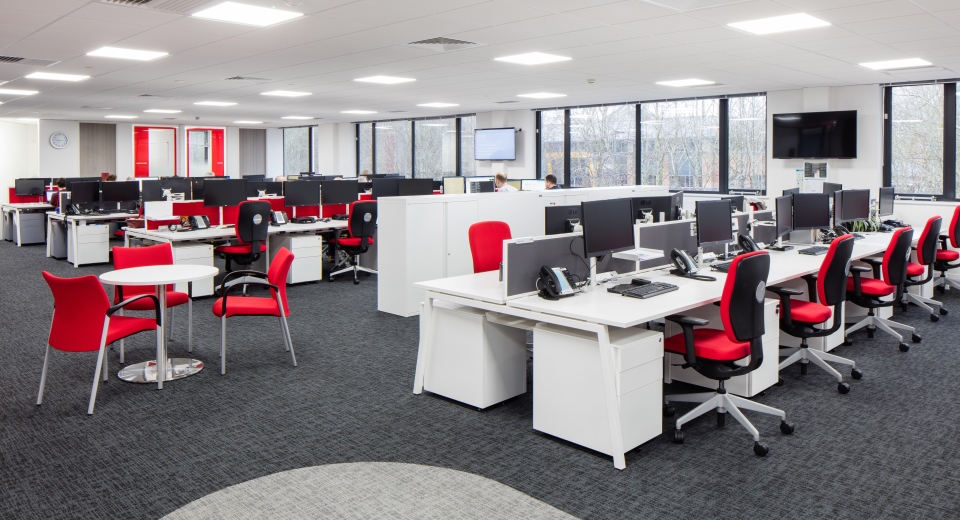For years we heard about the value of open office space. The primary design concepts of these open spaces were shared work areas and limited private areas or offices. Now, as a result of the trend, around 70 percent of all offices have an open floor plan.
This is increasingly a problem for employers and employees. They’re seeing the negative impact of not having private spaces, even if it’s as simple as modular cubicles from manufacturers like Sunline Office Furniture.
So what are some of those specific negative effects of the open office concept?
- Decreased productivity a study from Exeter University showed a 32 percent drop in workers’ well-being with open offices and a 15 percent productivity reduction.
- Employees tend to be unhappy when they don’t have a sense of privacy away from their coworkers.
- Open office plans are full of potential distractions, leading not only to declines in productivity but also motivation and increased stress.
- Open office spaces can cause more conflict and higher turnover rates for employees.
- According to The New Yorker, when there’s an open-office plan in place, employees take an astounding 62 percent more sick leave.
So, if you realize that maybe an open office isn’t right for your organization or your employees, the next question is what office design is a good fit.
The following are some tips to help you create a workspace with privacy that promotes focus and concentration.
Think About the Dynamic In Your Office
Every office and workplace is going to have a different culture and different employee dynamics. Before you change anything in terms of design, do some observation. What is your office culture? What are the dynamics between employees, and how is space currently being utilized?
What’s the traffic flow like, and what’s creating bottlenecks within that flow?
Are there elements to your current office design that seem especially burdensome for employees? How are employees interacting with one another, and what does collaboration typically look like versus the private time employees take to work individually?
The goal of good office design in terms of flow and logistics is to make sure that it’s promoting productivity and ease of movement, but not so much so that it’s distracting from focus and productivity.
Create Quiet Areas
Noise has a tremendous impact on employees’ productivity. Conversations are happening around them, but also the less apparent sounds, such as cell phones ringing.
Create spaces within your office that are completely quiet if your main office space is relatively noisy. These spaces should be clear of clutter, which can be distracting.
If creating designated quiet areas isn’t possible in your business, you can also designate quiet times. For example, maybe you have two hours of quiet every morning. Everyone can focus and do individual things and then come together for collaboration later, if necessary.
Design With Flexibility In Mind
There are going to sometimes when collaboration may be more important at work and others when individualized work and concentration are. Try to create a modern, flexible workspace that can accommodate different needs and scenarios.
Choose modular, multipurpose furniture whenever possible. For example, cubicles can be a great option. Sliding cubicles, in particular, can be flexible, and you can change them as needed. There are also cubicles with built-in soundproofing, which tackles several issues in one piece of furniture. With sliding cubicles, you change the configuration quickly and easily and customize workspaces to your needs at any given moment.
Design With Freedom And Control In Mind
Freedom and control can be addressed by some of the tips we’ve already introduced. For example, by having both collaborative and individual workspaces as well as flexible, modular cubicles, employees can work in the ways that are best for them.
Keep these things in mind throughout your office design. Employees who feel like they have the freedom to work in the way that’s best for them and who have a sense of autonomy also tend to report greater job satisfaction and improved productivity.
When you integrate flexibility, freedom, and a sense of control for employees into an office design, you’re showing that you care about results rather than routine.
Give your employees a chance to work in a space that offers them what they need. Additionally, when it comes to the details of office design, such as lighting and art, ask for input from employees about what they’d like to see.







